Today, we'll be looking at some of the fastest growing vegetables and herbs that you instantly try on your garden.
Vegetables and herbs are some of the essential foods that provide the body with nutrients to maintain a healthy diet.
Would you like to maximize your time, save money, and not go out of fresh greens in times of quarantine or food shortages? But are not sure what and how to plant.
Regardless of your level of expertise, this guide on the fast growing herbs and vegetables will give you a variety of plants and herbs. In no time, you will be grooming a garden of edible greens and flavorful herbs.
Table of Contents
15 Fast Growing Vegetables and Herbs
Fast-growing vegetables and herbs are cool-weather friendly plants that are beneficial to maintaining a healthy diet. They thrive well in shorter growing seasons and require zero prior gardening experience.
1. Green Onions
Harvest-time: 20 - 30 days
Ideal Growth Season and Nutritional Benefits
Green onions (also known as spring onions or scallions) are in various colors, sizes, and shapes. They are relatively similar to garlic chives, shallot, and leet. Green onions usually thrive best in cold weathers- so they are best grown during spring or as winter crops in mild-winter areas.
For outdoor gardening, green onions are usually planted in the late fall or winter seasons when planted outdoors.
Meanwhile, for indoor gardening or in any climate-controlled area, green onions can be planted in early spring seasons.
The greens have high nutritional contents and provide the body with vitamin K and foods with low fats and cholesterol when added to soups, egg or vegetable salads, and rice meals, while the white onions are fried in a pan to release a flavor.
2. Arugula
Harvest-time: 30 days
Ideal Growth Season and Nutritional Benefits
Arugula is a spicy vegetable that adds peppery flavors to salads, pizzas, and egg sauce.
Arugula is a leafy green that is grown during spring-time or temperate fall seasons. They thrive best in a humus-rich soil content under proper watering either in a ground garden or container garden.
A full head of mature leaves takes about a month to spring up. They have high nutritional content and are highly rich in vitamins A and K and are beneficial to the health of the skin.
3. Lettuce Leaves
Harvest-time: 21 days
Ideal Growth Season and Nutritional Benefits
Lettuce is a versatile green vegetable with many variances and flavors.
Lettuce can be planted and grown in cold temperatures. However, they don’t thrive well in extreme weather conditions. So for maximum results, it is best to routinely plant lettuce leaves a few weeks before the warm part of spring arrives.
Generally, lettuce leaves are healthy and pretty fast to grow, but depending on the lettuce variant, the leaves may reach maturity between a span of 21 - 30 days.
They supply the body with dietary fiber and are rich in potassium.
4. Spinach
Harvest-time: 30 days
Ideal Growth Season and Nutritional Benefits
Spinach is a cool weather-loving, fast-growing crop. So long as the weather stays cool throughout, all you need for Spinach to grow is a loamy or neutral soil and water.
They can also be grown in a less temperate spring season. For example, Spinach can be planted in a cold season, and harvested spring starts immediately. Spinach can also be planted during fall and harvested in winter under mild winter climates.
Fresh Spinach provides the body with iron, which is essential in the production of red blood cells.
5. Baby Carrots
Harvest-time: 30 days
Ideal Growth Season and Nutritional Benefits
Baby carrots are delicious vegetables that come always come in handy in the dinning. They are used in topping up varieties of meals, and they are a great snack option.
Unlike their bigger counterparts, they take lesser periods to mature because they don’t have to grow to be full-sized carrots.
Baby carrots easily thrive in fertile soil under spring and early fall climates.
Baby carrots can be eaten raw or chopped up as stir-fries for sauces or soups. They are rich in vitamins A and B and several antioxidants that help the body’s metabolism during progressive weight loss and protects eye health.
6. Cucumbers
Harvest-time: 50 days
Ideal Growth Season and Nutritional Benefits
Cucumbers are multi-purpose plants that fit into just any edible and skincare recipe. They thrive best in warm seasons than cold because they are intolerant of frostbites.
Are you in search of a versatile vegetable? Cucumbers are an excellent body hydrant, whether cooked or in its raw form. They can be used for salad dressings.
So you can begin some cucumber planting during the warm seasons in your area and with plenty of ground space to grow.
7. Radishes
Harvest-time: 25 days
Ideal Growth Season and Nutritional Benefits
Radishes are unique, fast-growing garden vegetables, ranging from different flavors, colors, and shapes radishes are quite simple to groom.
For optimum growth and flavoring, they are usually planted in loamy or sandy soils during spring seasons. Spring radishes can be planted during the late periods of winter with proper warm coverings.
Meanwhile, some variants of radishes can be planted late summer and harvested during the early period of winters.
Based on preference, some people enjoy eating radishes raw just like carrots, while others serve it as a side piece in meals.
Nutrition-wise, radishes are rich in vitamin C.
8. Kale
Harvest-time: 55 days
Ideal Growth Season and Nutritional Benefits
Kale is a cold-loving vegetable that thrives well in cold areas and can be grown almost year-round. They can be grown during early fall and late summer.
You should prepare your kale seeds for planting a month after your last frost.
Kale, in its steamed form, is an excellent additive when trying out different recipes like salad servings, egg omelets, and casseroles.
For nutrition benefits, raw kale is a healthier fat substitute because it contains omega-three fatty acids. They also preserve eye health against cataracts.
Read Also: Can You Plant Strawberries In The Fall?
9. Turnips
Harvest-time: (leaves) 40 days (roots) 60 days.
Ideal Growth Season and Nutritional Benefits
Turnips are amazing 2 in 1 plants that grow out a flavorful bulb and leaves. They are cold weather-loving greens that are not too picky of seasons. Turnips can be grown in sandy, neutral or loamy soils under the right temperate conditions, preferably avoid the scorching conditions.
The leaves can be harvested around 40 days from the initial plant time, whereas the roots will reach fill maturity around 60 days.
Turnips have nutritional benefits such as vitamin K, Vitamin C, and folates for pregnant women.
10. Bok Choy
Harvest-time: 30 days
Ideal Growth Season and Nutritional Benefits
Bok Choy, also is known as pak choi, is a famous Asian vegetable cabbage. They are of two variants; the standard bok choy and baby bok choy.
This super-fast vegetable thrives well when planted in a proper fertile draining soil during late summer and early spring seasons. It usually takes the bok choy crop to mature within 30 days, but the baby bok choy may take a shorter time.
They can be used for stir-fries in soups. Nutritionally they contain vital vitamins such as K, C, and A.
11. Thyme
Ideal Growth Season and Nutritional Benefits
Thyme, also is known as “Thymus vulgaris,” is a shrub-like perennial.
Thyme is a fast-growing cold-tolerant crop that can be grown in winter seasons.
It is rich in Vitamin C and K and a home remedy for colds.
Read Also: When To Grow Okra In Arkansas
12. Mint
Mint is a versatile container herb and considered one of the most natural herbs to grow.
It thrives well in shady spaces with little exposure to the sun under spring and summer seasons, and it takes about 90 days to reach maturity.
13. Sage
Sage is a flavorful plant that should be planted in well-drained soil because wet roots affect their growth. Sage thrives well when planted towards the last spring.
Sage is filled with vitamins that may promote oral health.
14. Basil
Basil seeds can be groomed indoor for about 40 days before the extreme cold season. And then it is later planted outside in warm soil. Harvest should be in about 60 days in total.
Basil enhances digestion.
15. Bay leaves
Bay leaf tree is best planted in spring seasons. This aromatic plant serves both culinary and ornamental needs.
For health benefits, it serves as a natural air freshener and is useful in treating headaches.
Conclusion
Fast-growing vegetables are indeed the right fast foods. This guide provides you with a comprehensive list of some fast growing vegetables and herbs based on how fast they grow their ideal growing seasons and nutritional benefits.
Follow this guide and be confident that under the right growth conditions (fertile soil, water drainage, and sun exposure), you will be harvesting healthy supplies from your edible garden in no time.
Ensure to wash raw farm produce before eating.

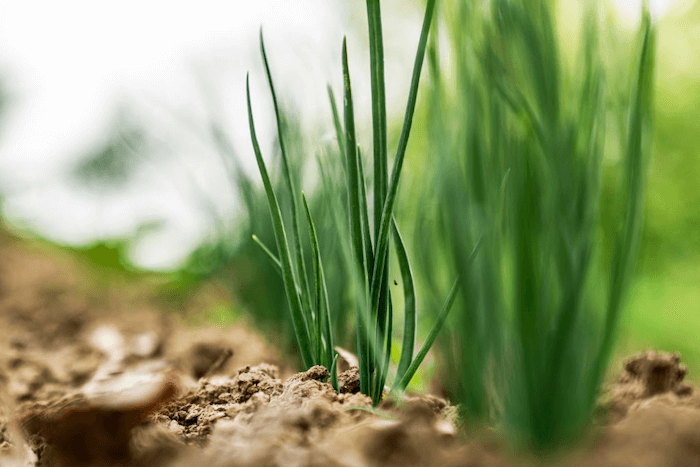
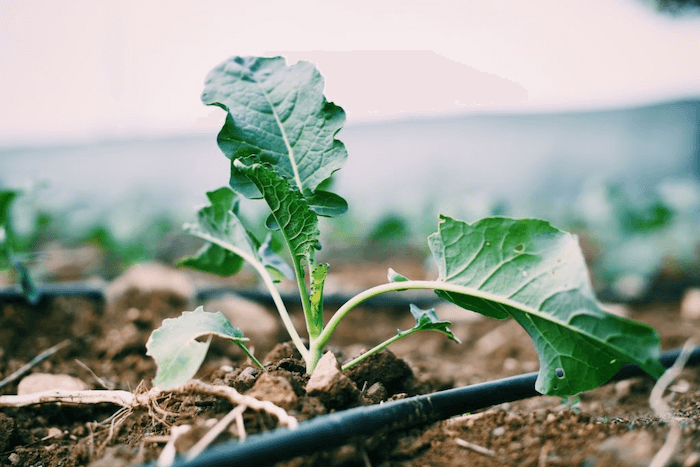
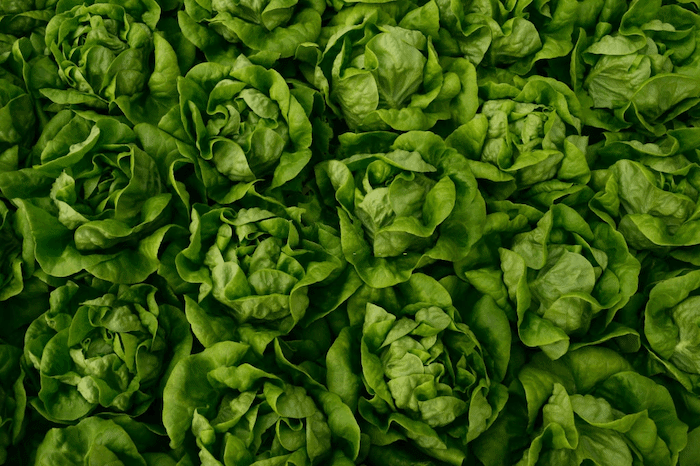
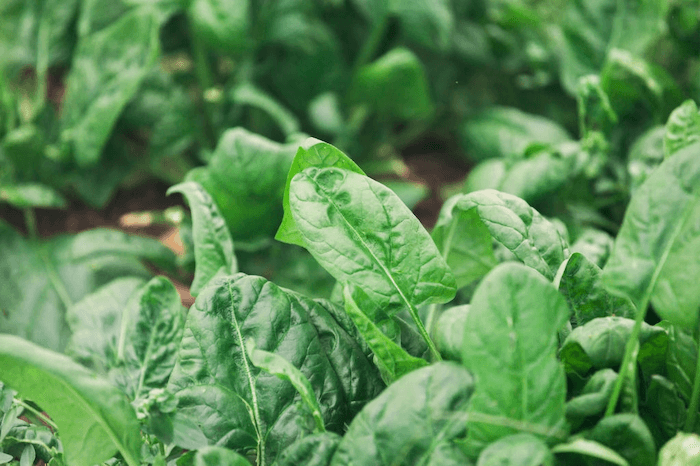
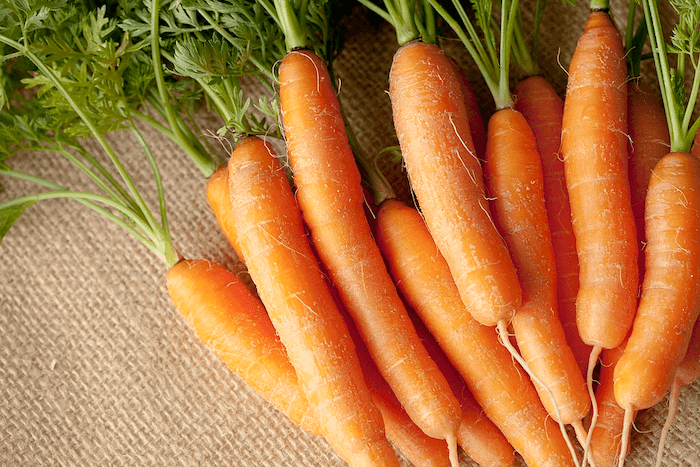
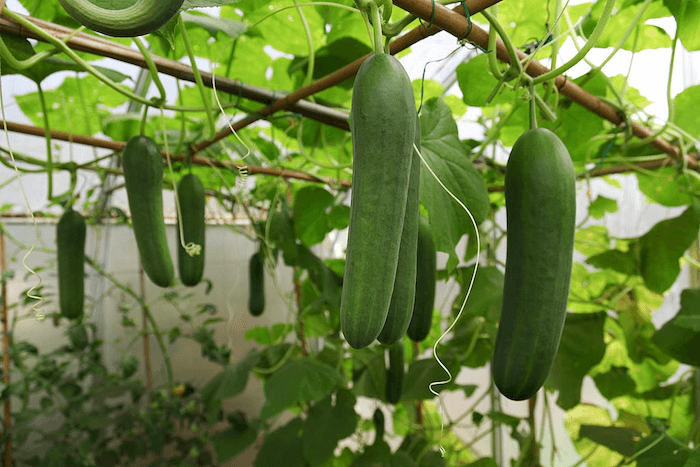
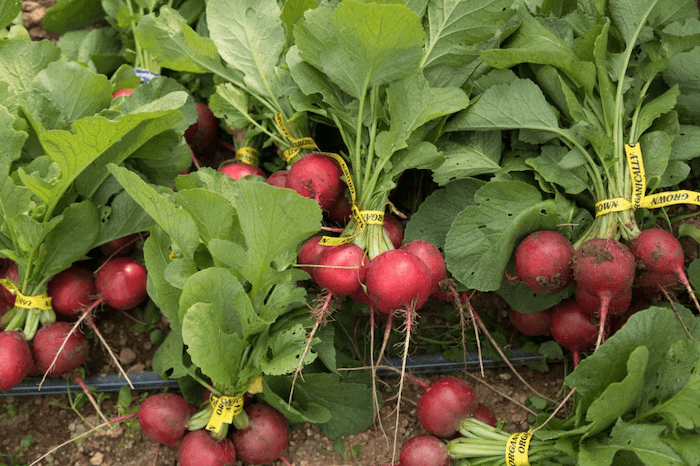
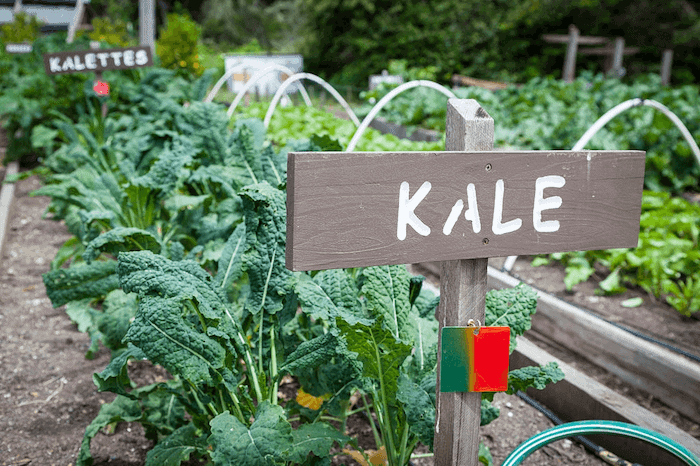

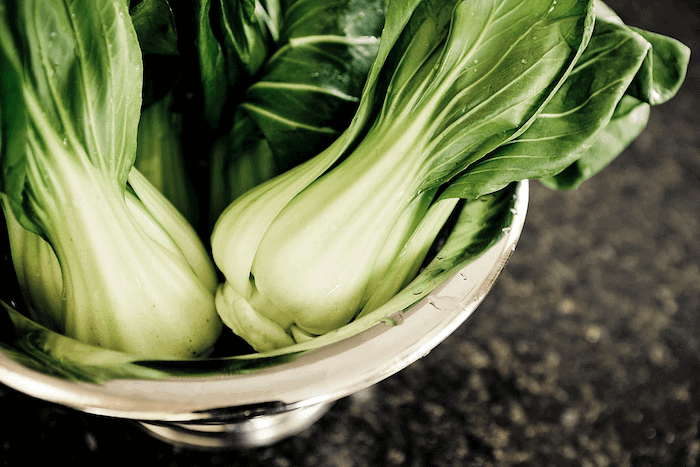



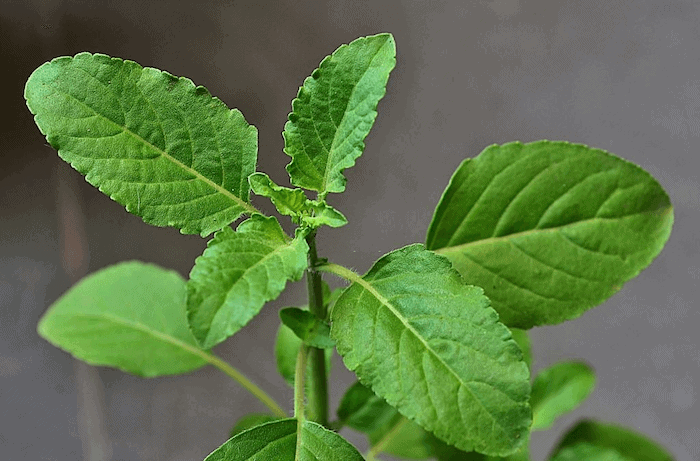
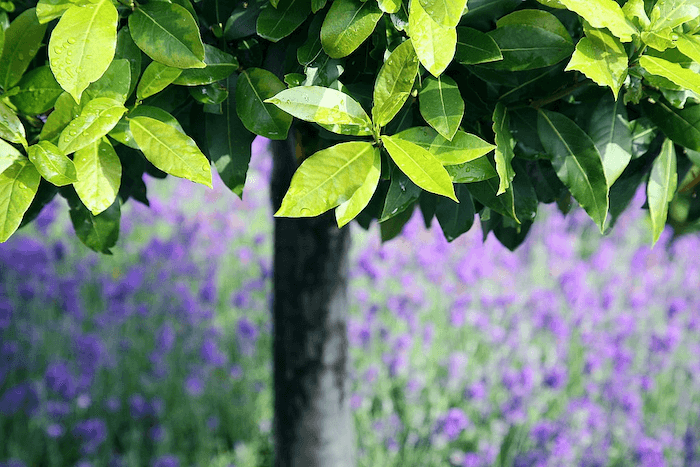
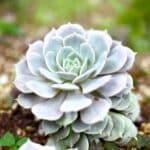



Sophie
Wow!
Thank you.